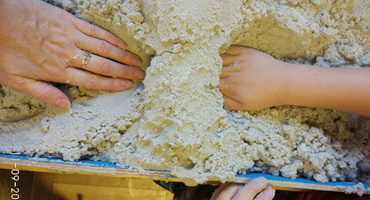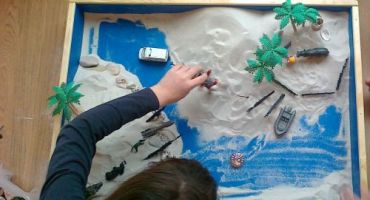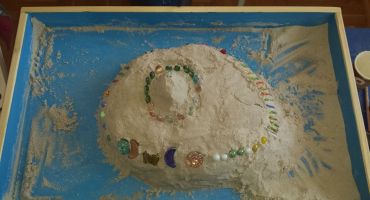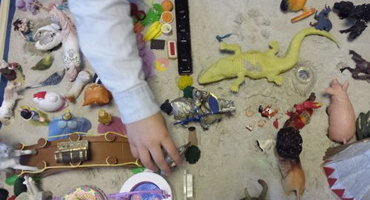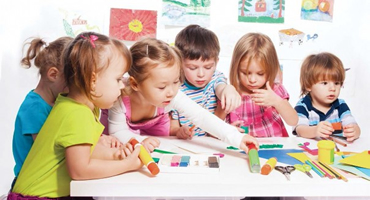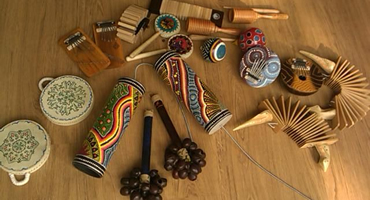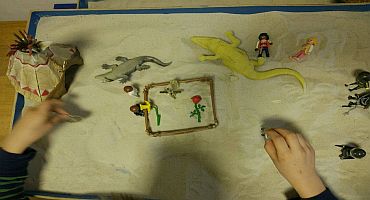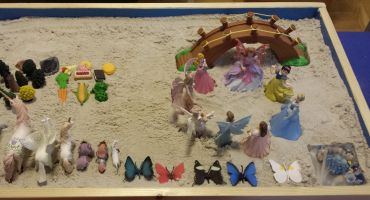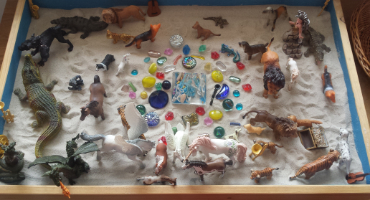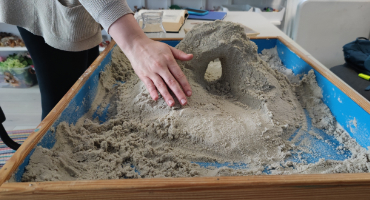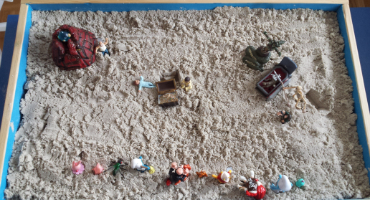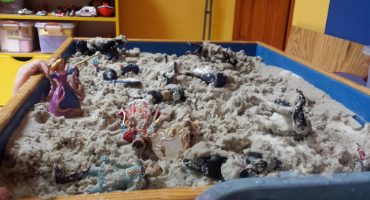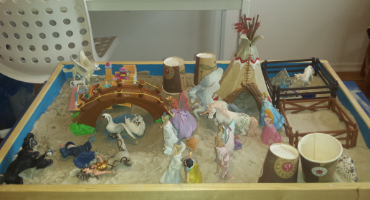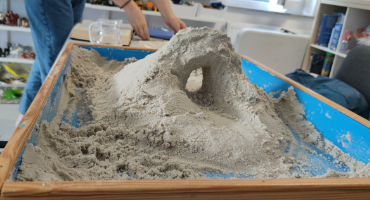Why is Sandplay suitable for children? What age children is Sandplay Therapy aimed at?
Anyone who works with children knows that experiencing has much more value for them than explaining. When working with children, both individually and in the family system, we need to realise that they do not communicate in the same way as adults. Children do not have the cognitive or verbal maturity to communicate in therapy the way adults talk. Children communicate through play.
What are the benefits of Sandplay?
Sandbox therapy makes ideal conditions for creating, observing and correcting experiences in an emotional way. Building, reconstructing, dismantling and re-creating one's world in the sandbox provides the opportunity to look at one's feelings and reactions to the image. The child creates the structure himself, experiences it, changes the images freely, being the master of his world, the person who decides and thus becomes responsible for his decisions. All this happens in a safe relationship with the therapist, who creates a space for the child to express himself or herself by being present, creating a sense of permission, accepting the child and his or her emotions as they are, following the child, reflective comments that build insight in the child. This sounds familiar to many of you. Yes, you are right! These are the principles of Virginia Axline's non-directive therapy, which in sandbox therapy are the basis of contact with the child. Applying these principles to sandbox therapy creates the conditions for children to express themselves non-verbally, breaking down the limitations of language, speech in therapy. The therapist, observing the sandbox being created, experiences the client's emotions and begins to empathise with them, accompanying the client through their process... without words. Language is only an adjunct in child therapy. Why do I emphasise so strongly the importance of non-verbal contact in child therapy? Because too often we give therapeutic value to word-based therapy, underestimating the child's process without words. "One picture is worth more than a thousand words".
Here we come to the answer to the question: why is Sandplay suitable for children? Having conducted therapy with deaf children, mute children, children with mutism, children with delayed speech development, children with mental retardation, children with autism, children with anxiety disorders, traumatised children, etc., I have observed positive changes in their behaviour, in their processes, which started in the sandplay. We can use sandbox therapy to treat any child, regardless of their difficulties, their level of development.
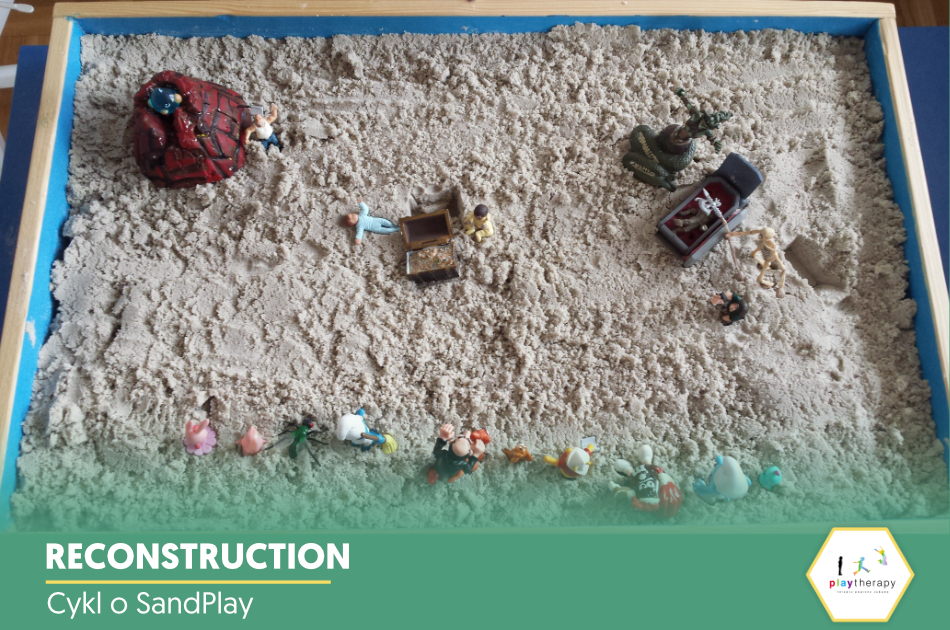
At what age can a child start Sandbox Therapy?
For children of what age is Sandplay suitable? At any age. The difference lies in the individual benefits for the child, which are determined by their level of development. A three-year-old, for example, will benefit from the tactile aspect of sandplay through embodiment, thus creating the framework for role-play; a six-year-old, using his already developed abstract thinking skills, will create metaphorical images of his problem, but also of his solution, which he can create himself and see. The teenager, discovering the metaphorical nature of sandbox work, may open the door to deeper or more direct processes.
We have already written a little bit about which clients Sandplay is recommended for. In the next post I will expand on this topic so that it is clear what benefits clients with specific difficulties achieve, I will share my experiences. I think I will surprise you with what I have discovered with my clients.
Do you have any questions? Contact us.
PLAY THERAPY POLAND
Piłsudskiego 4A / lok.2 (I floor)
05-077 Warszawa

